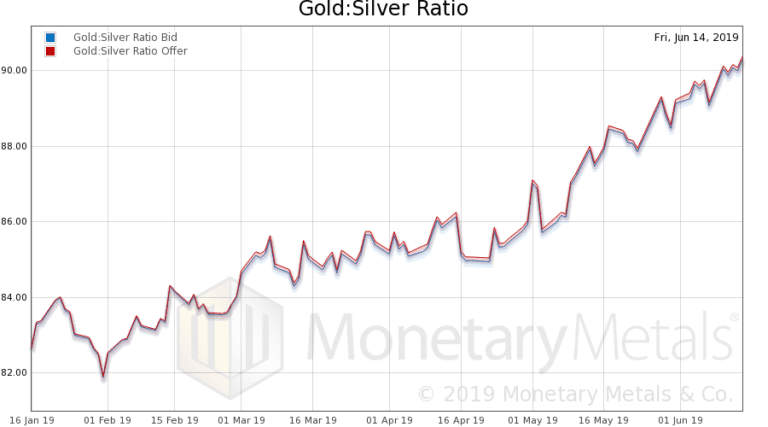

An A1c result of 8% or higher is a sign that changes need to be made to better manage one’s glucose levels. For an individual with diabetes, the treatment goal is to have an A1c level near or below 7%. A diagnosis of diabetes is confirmed with an HbA1c level above 6.5%. Those at high risk for diabetes (or who are prediabetic) show levels between 5.7 – 6.4%. A person without diabetes would typically have an HbA1c level below 5.6%. Everyone, regardless of whether they have diabetes, has some glucose attached to their red blood cells. The HbA1c “big picture” complements the day to day “snapshots” obtained from the self-monitoring of blood glucose in individuals who are diabetic or who monitor their blood sugar with home testing. The HbA1c test measures the amount of glucose “sticking” to the hemoglobin in the red blood cells. Once the sugar is attached, it stays there for the life of the red blood cell, which is about 120 days. Sugar in the bloodstream can become attached to the hemoglobin molecule, the part of the red blood cell that carries oxygen. It is the best test for a health care provider to tell if a person’s blood glucose is under appropriate control, whether you have diabetes or are at risk for diabetes. The hemoglobin A1c test shows if a person’s average blood glucose is close to normal or too high. The hemoglobin A1c test (also called H-b-A-one-c) is a simple blood test that shows the average amount of glucose (sugar) that has been in a person’s blood over the last 2-3 months.


 0 kommentar(er)
0 kommentar(er)
